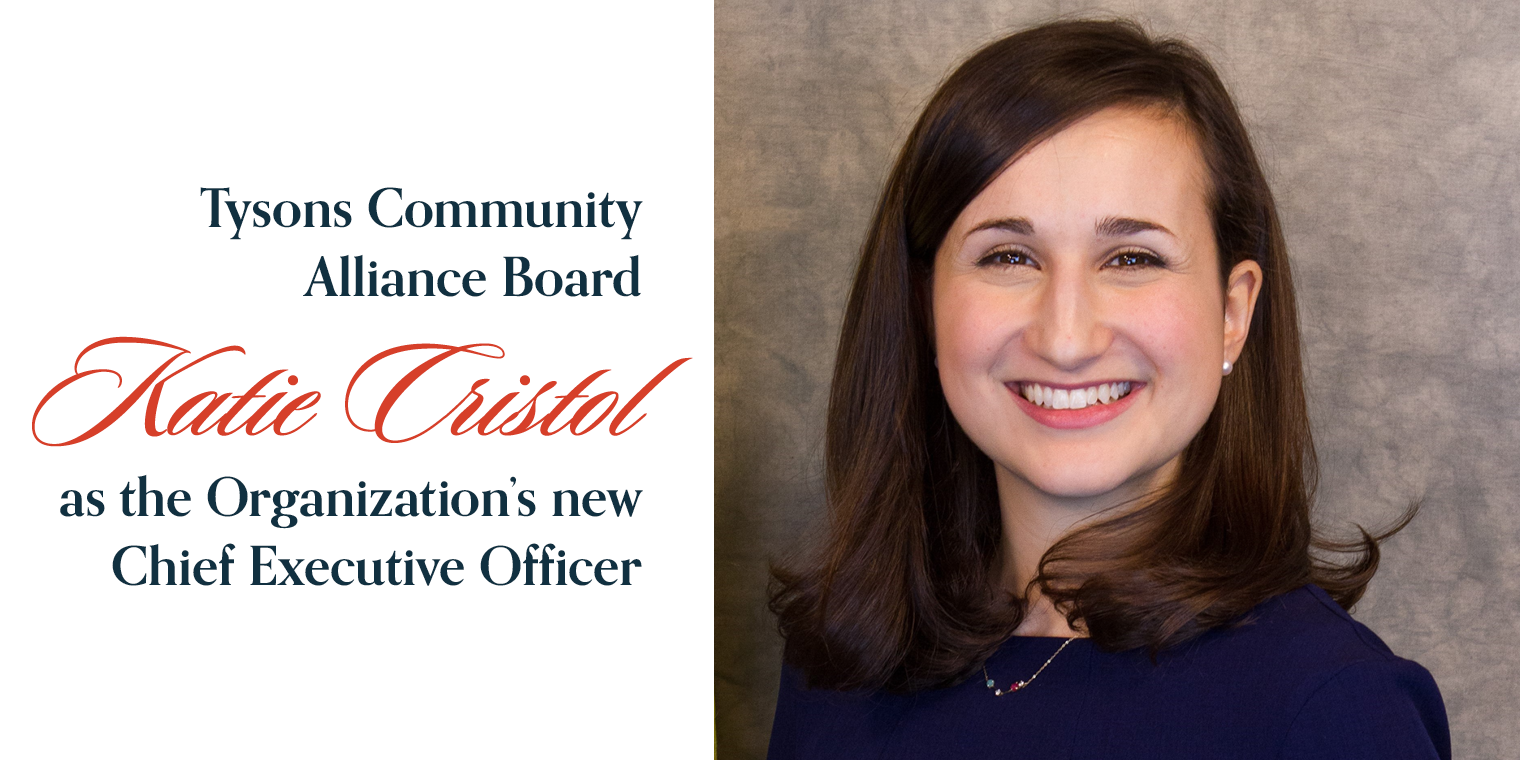Vehicles and pedestrians have had a conflicted relationship since the first roman roads were built through the hearts of towns and cities. The roads were created to provide access to inter-regional trade, military activities, and travel. The advancement of commuting, whether by chariot, stagecoach, or automobile invariably began a battle between city residents and city commuters. Perhaps in the past trade caravans considered Roman city opposition to larger streets as a war on carts.
Those who wanted larger country manors, or relied on agriculture to earn a living, came to terms with both the positives and negatives of living outside of the city walls. With the advent of new commuting technology the negatives of commute living were lessened and outward growth exploded in popularity.
In order to absorb outward growth, the urban core had to share priority between external needs and internal safety and beauty. You can’t locate highway ramps to the areas where demand is highest because this act nullifies the desire for development in that location. This begins a cycle that turns the former urban core into an abandoned and unusable area. This is observable with countless urban highways, most notably the Southeast Southwest Freeway (Washington D.C.), the Embarcadero Freeway (San Francisco), and the Park East Freeway (Milwaukee).
Planners and communities are now reflecting on the changes that have occurred. Once livable neighborhoods have been condemned by overhanging mega-infrastructure; created to alleviate congestion from outward growth. The benefits of these projects have at best been short-lived and at worst devastating to the very areas for which the access and economic growth was intended.
The concept should consider internal and external benefits in balance. Complete streets are designed not only to provide adequate access to commuters and businesses, but also a safe environment for pedestrians and cyclists in the urban core. At times these goals are in conflict with the initial congestion needs of the region, but this is essential to creating livable neighborhoods and slow continued outward growth that is the real genesis of traffic.
Complete streets incorporate the characteristics of a corridor in the synthesis of design priorities. You wouldn’t design a road like Route 50 or Route 7 as a pedestrian high-priority zone because it would stifle economic activity which uses these routes for commerce and commuters.
The goal of complete streets isn’t to remove every car from a road. At best car usage will be lowered from 90% to an ambitious 60% as has been seen in neighboring Arlington County. However, the far better measure is that of car dependence. The implementation of full spectrum transportation systems in Arlington has provided alternative transportation options for the majority of the residents and more sustainable transit systems, with lessened subsidy needs.
The integration of alternative transportation options in Fairfax is going to be a multi-decade process with slow initial returns, but essential to future prosperity. Designing urban and dense neighborhood roads in the same method as designing highways and intercity routes is a meld that is beginning to fail many residents. Balance is essential.






